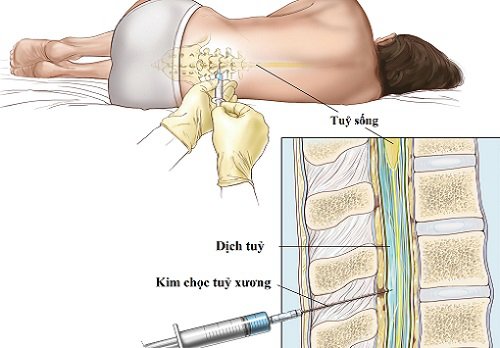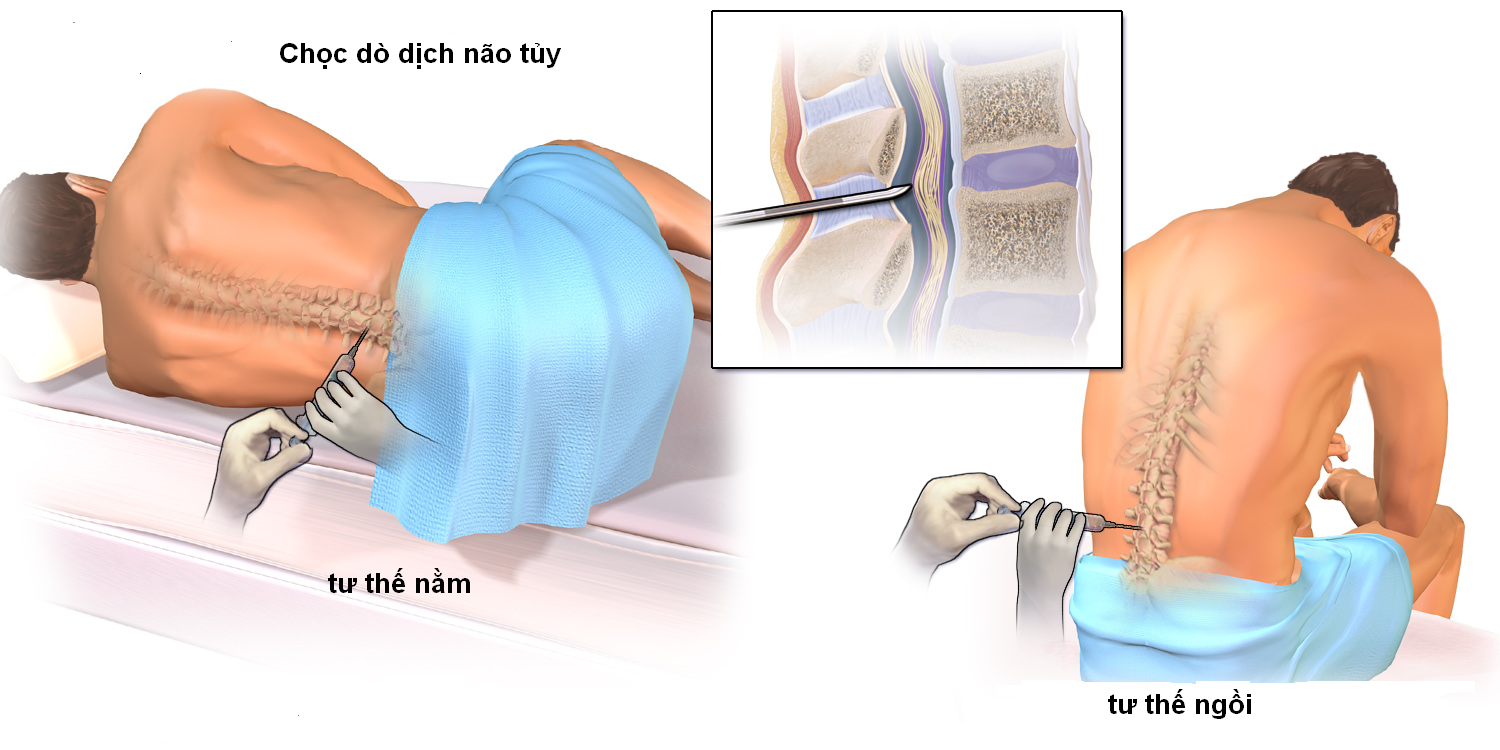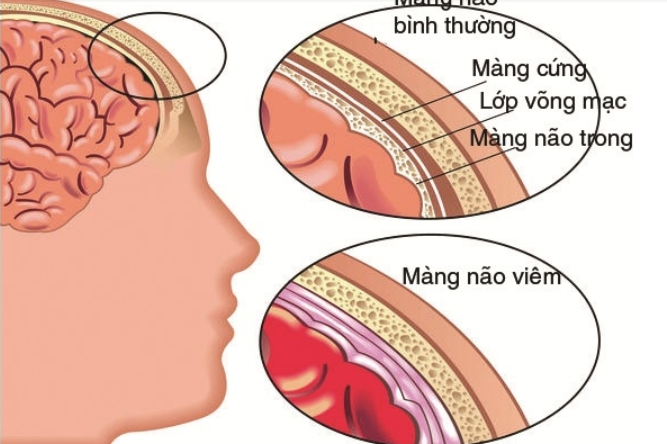The article is consulted professionally by Specialist I Nguyen Thi My Linh – Pediatrician – Pediatrics – Newborn – Share99 Da Nang International Health Hub. Specialist I Nguyen Thi My Linh has 12 years of experience in diagnosing and treating pediatric diseases.
Meningitis is a form of infection in the layers of tissue around the brain and spinal cord of pathogens such as HI bacteria, pneumococcal, meningococcal, viruses and fungi that can cause meningitis. Lumbar puncture is the most important method for diagnosing meningitis.
1. Diagnostic tests for meningitis
Meninges are responsible for protecting and supporting the central nervous system (CNS).
The meninges form a protective barrier that protects CNS's sensitive muscles against injury. At the same time the meninges also contain an abundant supply of blood vessels that supply blood to CNS tissue.
Another important function of the meninges is that it produces medicine cabinet braintranslation. This transparent fluid fills the cavities of the brain and surrounds the brain and spinal cord. The cerebral fluid protects and nourishes CNS tissue by act as a shock absorber, by circulating nutrients and by removing waste products.
When there are signs of suspected meningitis, the methods used to diagnose and test for meningitis are:
- Spinal cord puncture: Also known as Lumbar puncture. In meningitis, the central nervous system has fluid damage, the brain will also have corresponding changes.This is the method of poking fluid for spinal fluid, then take it for testing to determine the severity of inflammation, pathogens and micro-sensitivity to medicinal products. This is the most important technique in the diagnosis of meningitis.
- Blood test: Helps assess the level of infection. In some cases, blood cultures may be required to identify the pathogen.
- Imaging physical testing (CT, MRI): Used to diagnose complications of meningitis that affect the brain.
2. Learn how to poke spinal cord fluid

Spinal cord punctures can be performed in the emergency area to diagnose potentially life-threatening diseases such as meningitis or srachnoid hemorrhages…
Spinal cord puncture is also known as spinal tap. This procedure involves poking a small needle into the lower back to get fluid that envelops the spinal cord and brain, known as cerebral spinal fluid (CSF). The needle is properly poked into the fluid vesicy beneath the spinal cord. The lower back is generally considered the safest to take this fluid for laboratory testing.
This is similar to a procedure that helps women relieve pain during childbirth called Spinal Anesthesia or Sedular Anesthesia, only in cases of childbirth the anesthetic is injected into the encephainal fluid, instead of taking samples of the cerebral fluid.
3. How is spinal cord puncture performed?
This procedure can be performed while sitting or lying down. The doctor will tell you how the patient needs to be. The patient's back will be thoroughly wiped with disinfectant and a coating will be placed on the patient's back to keep the area disinfected. It is important not to move while the procedure is performed – let the doctor know if there is not a pleasant position, or need to move for some reason.
There is usually not much pain because there is local anesthetic, however, some patients feel a little painful and slightly pressed when the needle is injected. The doctor will carefully inject the needle between the vertebrae into the void containing the solution and draw about a few liters for testing. This is a difficult procedure and may have to be re-injected more than once.
After sampling the solution, the needle is drawn and the tape will be placed in the injection site. The patient can completely sit up and move if desired.

4. Is spinal cord puncture safe?
The doctor will use a very small needle to inject anesthesia of the patient's skin first. The patient will feel like being pricked when the needle hits the skin and is given local anesthesia. This lasts only about a few seconds.
Most people do not feel pain, but there is a feeling of pressure in the back, when the needle pokes the spinal cord fluid is injected. This varies greatly depending on the patient. If the patient feels throbbing pain down the leg, it is necessary to tell the doctor immediately to correct the position of the needle to make the patient more pleasant.
Spinal cord punctures are performed very often in the emergency area and although the patient may feel somewhat concerned, these procedures are actually very safe. In most cases, the procedure causes no problems and does not cause unfavorable results. Other complications such as nerve damage and spinal damage due to bleeding, usually occur only in patients with hemorrhagic disorders and are very rare.
For direct advice, please click hotline number or register online HERE. In addition, you can register for remote consultation HERE
- Does lumbar puncture hurt and have any effect?
- Tests to be done to diagnose newborn meningitis
- What is a myeloid PCR test?

